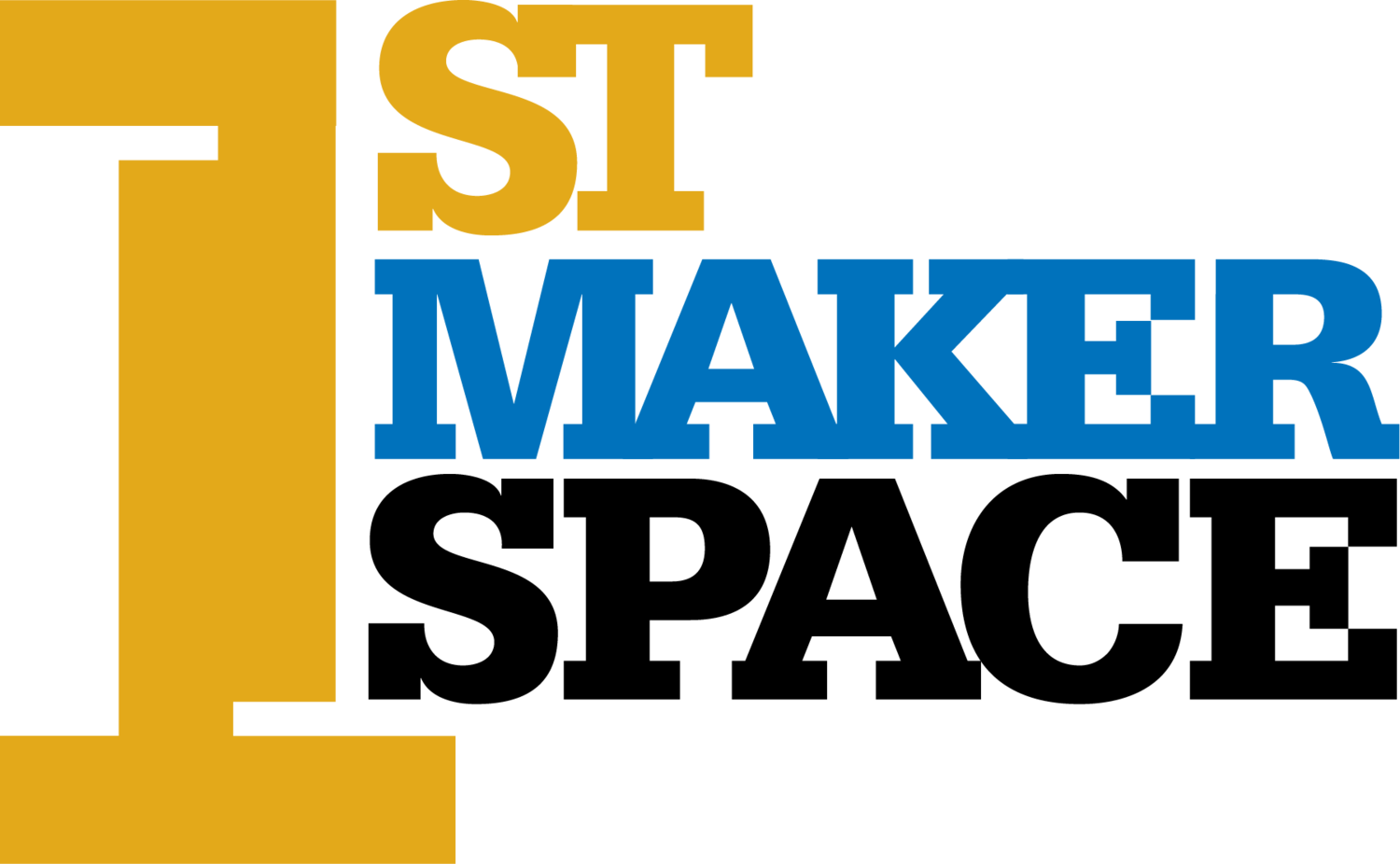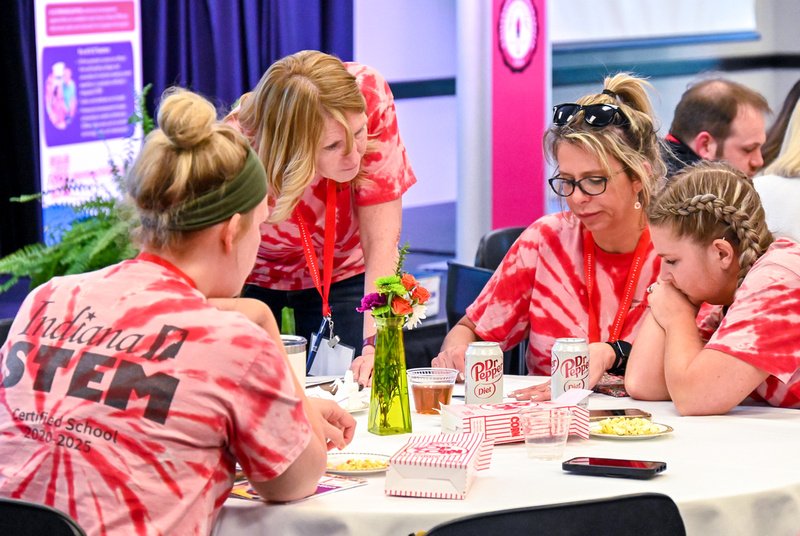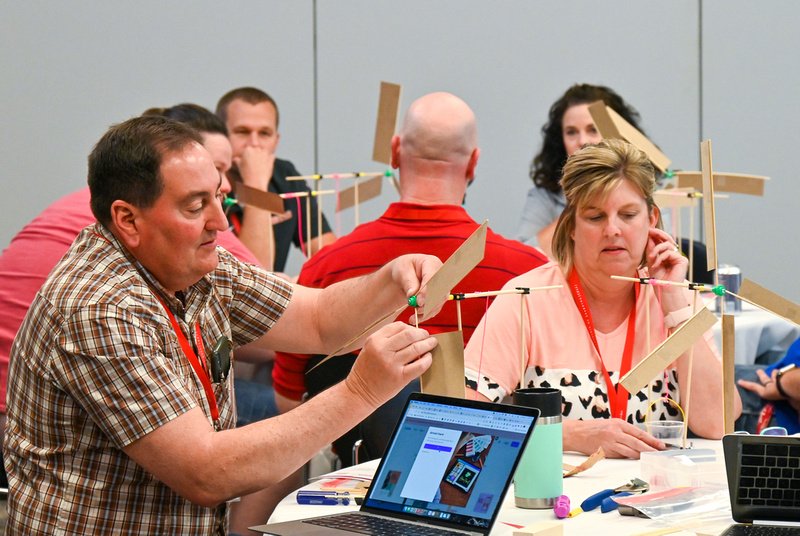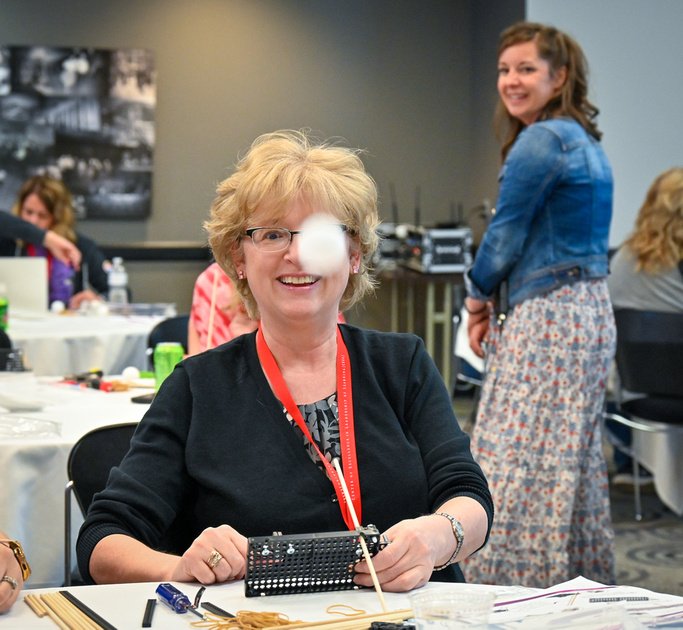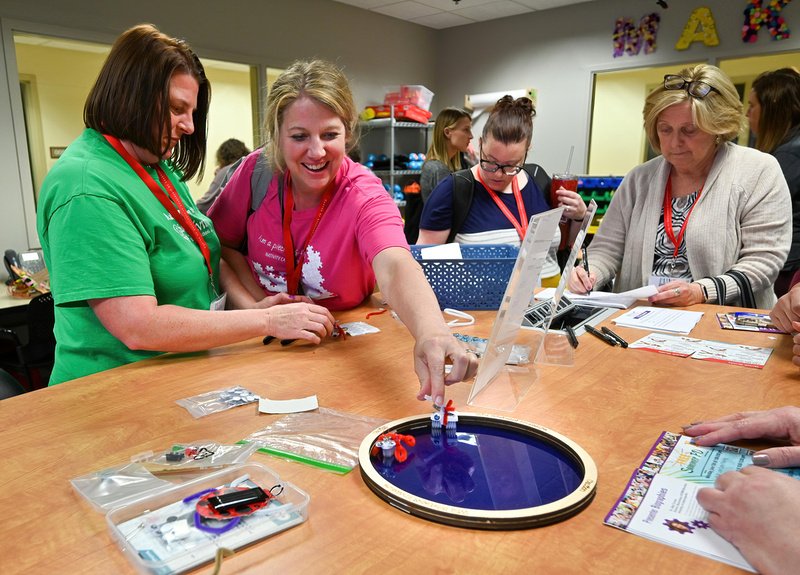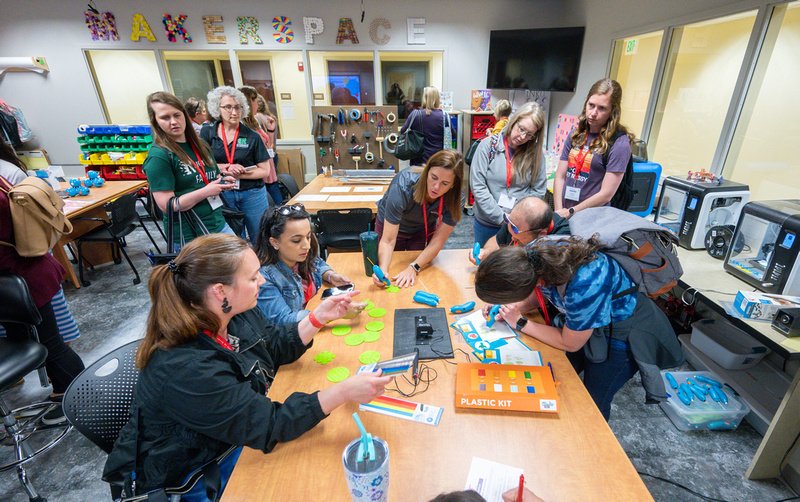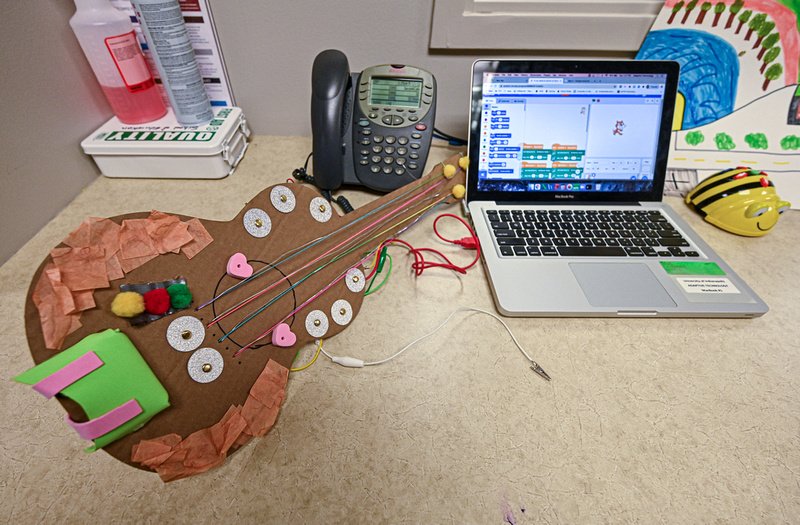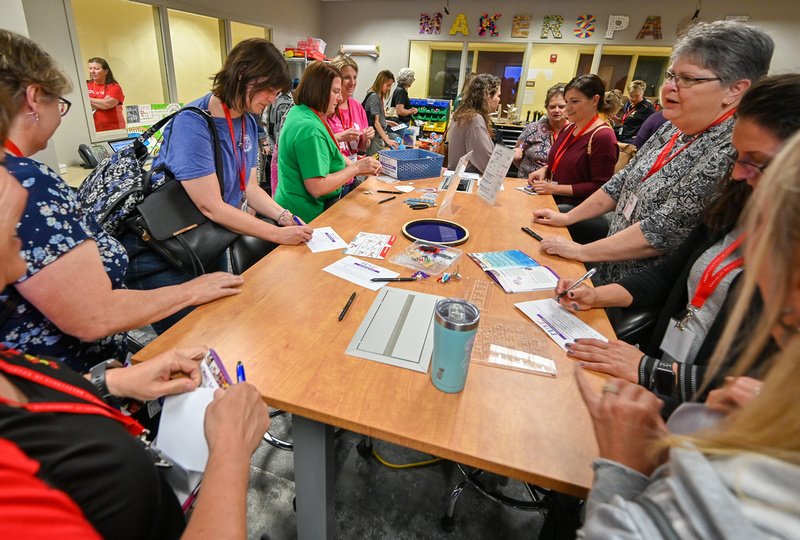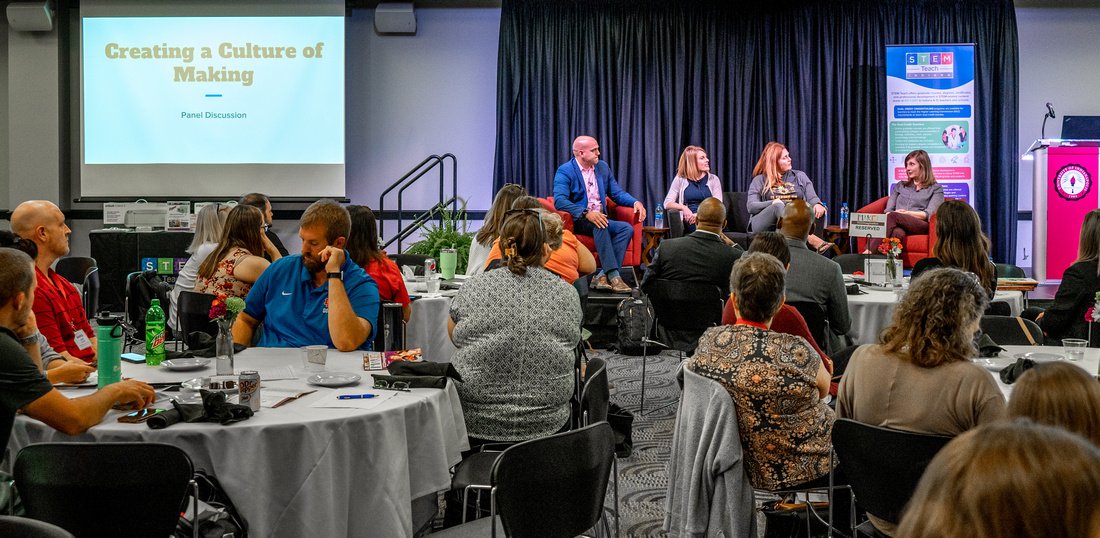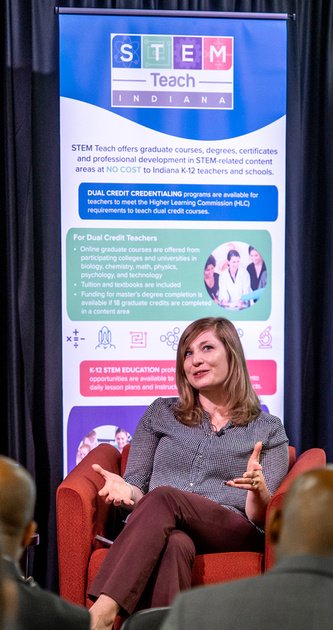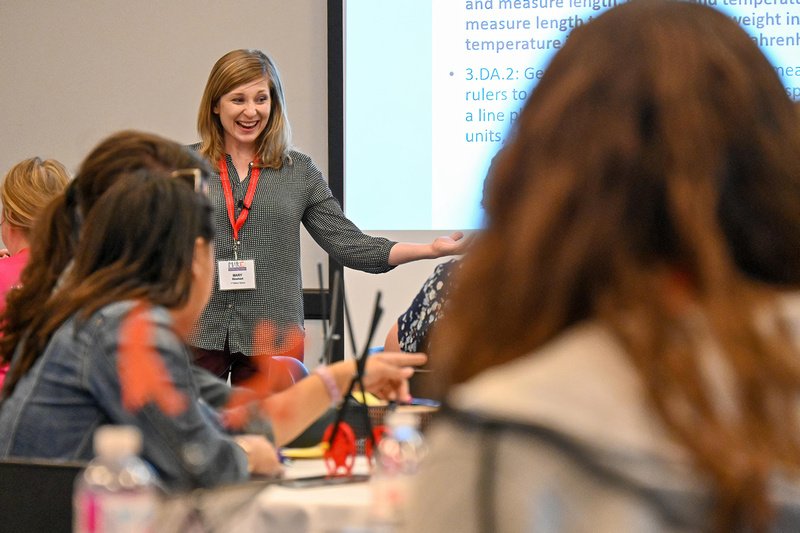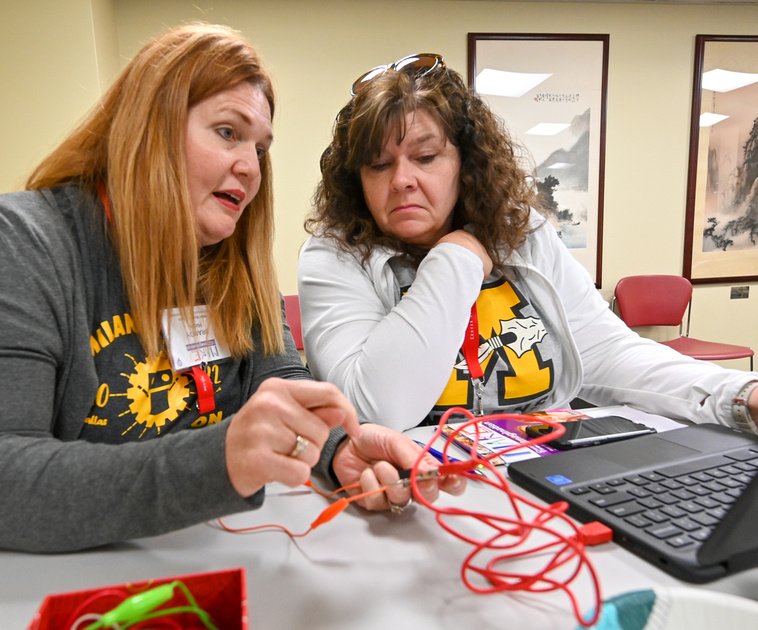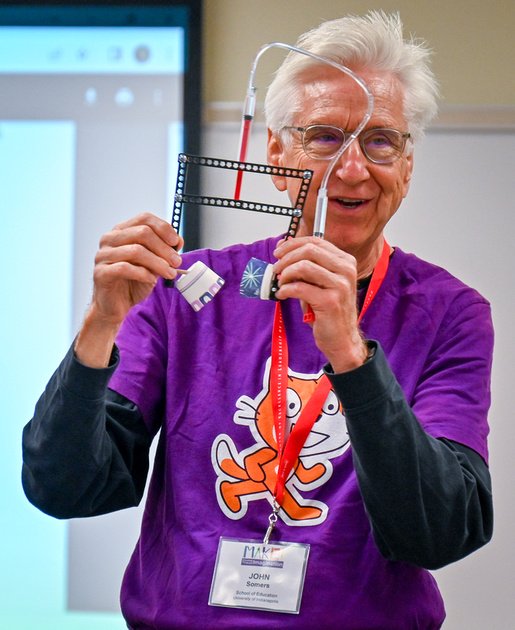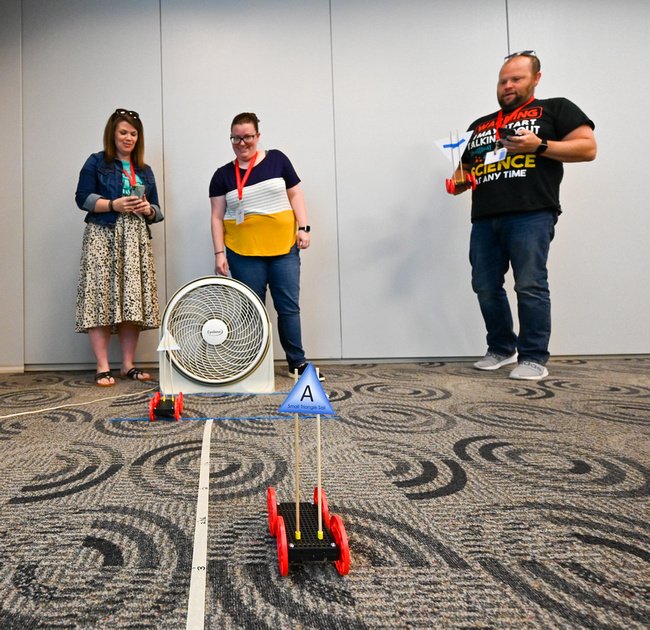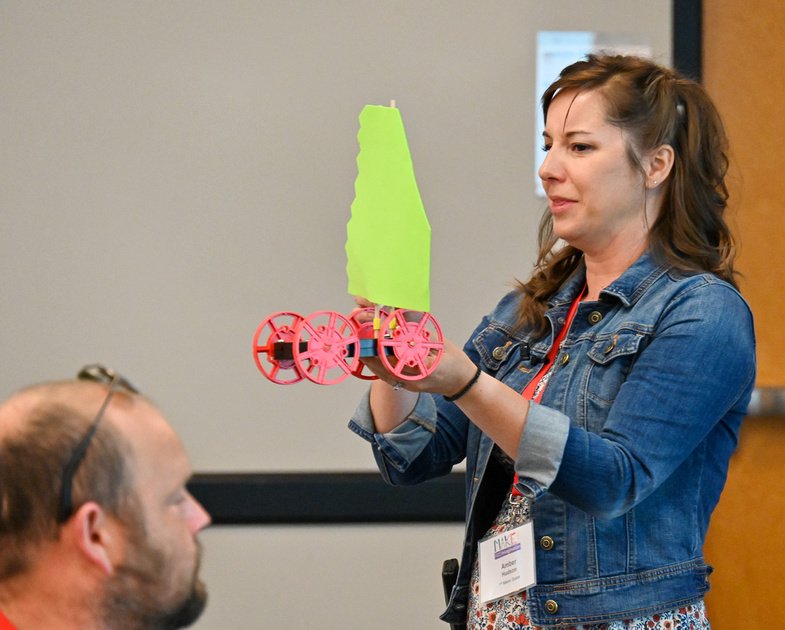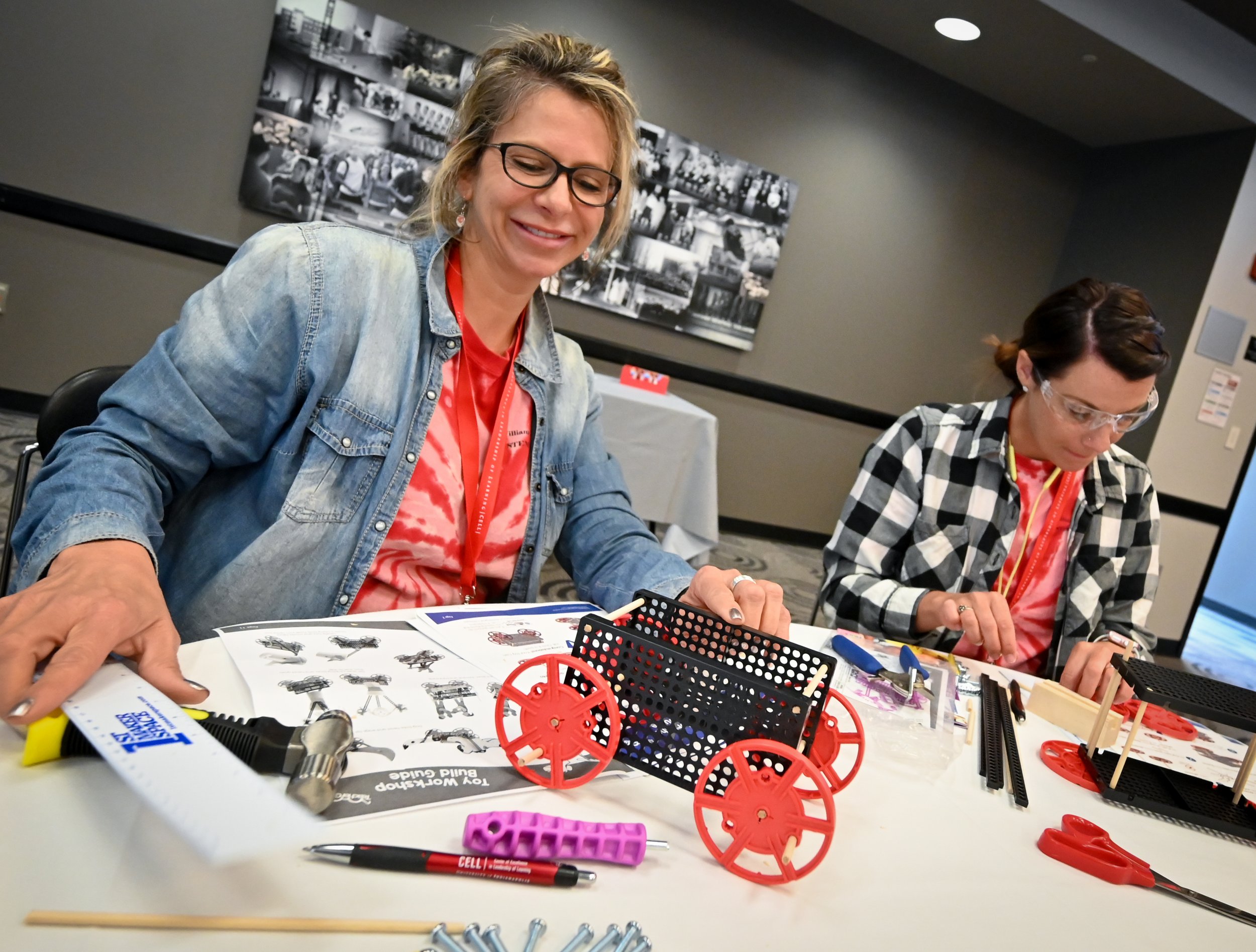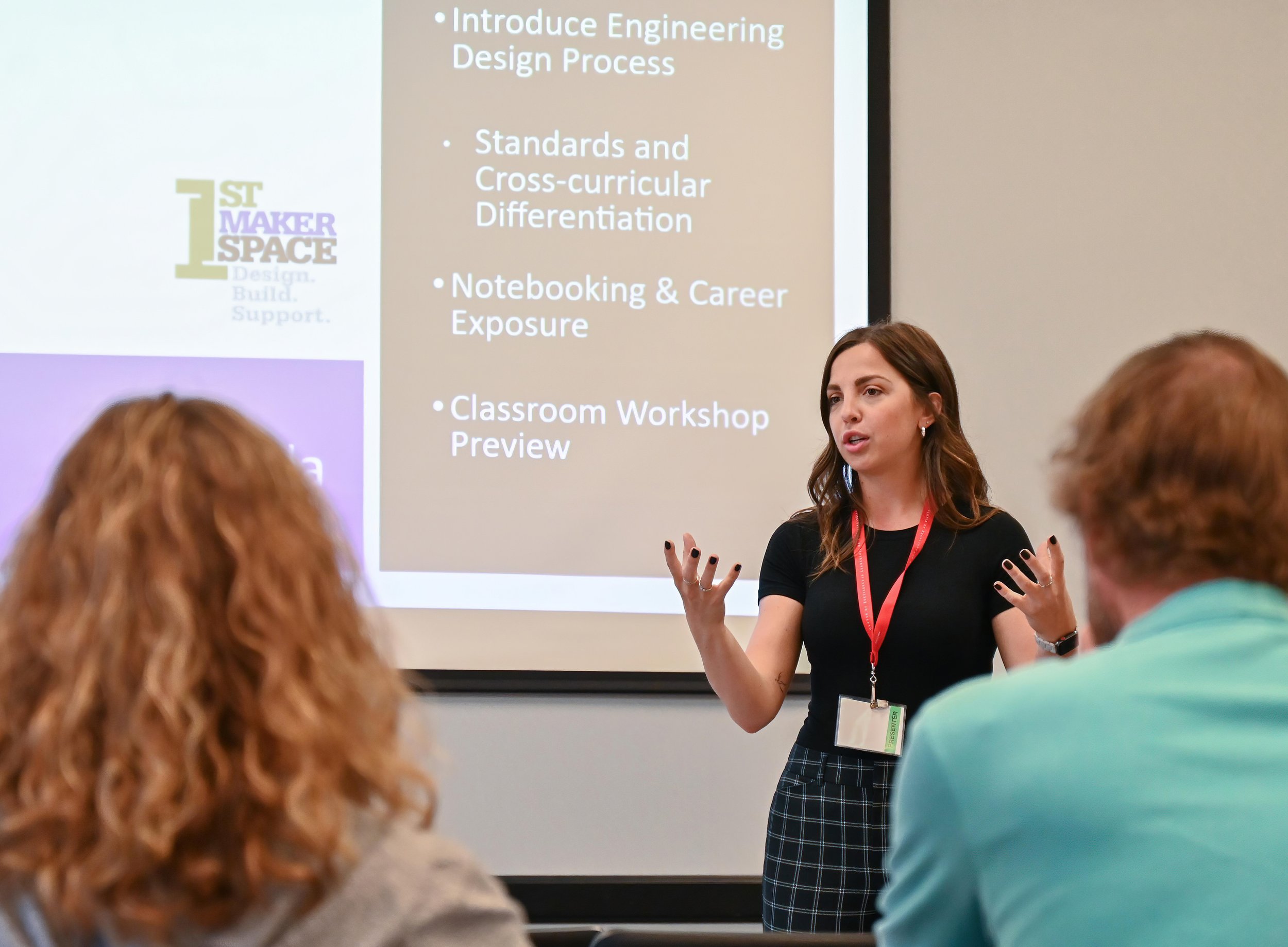Make! Creation Through Imagination
This week, 1st Maker Space and the Center of Excellence in Leadership of Learning (CELL) at the University of Indianapolis collaborated to host the MAKE! Creation Through Imagination Conference. The event was held at the University of Indianapolis and was funded by a grant to the Independent Colleges of Indiana and STEM Teach Indiana from the Indiana STEM Teacher Recruitment Fund. The event was a huge success, and it was a packed house of educators from around Indiana.
CELL and STEM Teach present the "Make!" day-long event on the campus of the University of Indianapolis on Tuesday, May 17, 2022. Creation Through Imagination conference (Photo: D. Todd Moore)
The title of my keynote address was: Falling in Love with Learning, Again! (You will find the slide deck and other materials here.) To be honest, presenting to an audience of 150+ veteran STEM teachers was intimidating. My regular job at 1st Maker Space is Technology Advisor. I train teachers how to use 3D Printers, Laser Cutters, Arduinos and Drones. That is far less formal and more interactive.
Kim Brand presenting the Keynote at MAKE! (Photo: D. Todd Moore)
The presentation I delivered was from my heart. I believe makerspaces are the best places to prepare students with skills for robot-proof careers. We used to call it hands on learning – now we call it New Economy Learning because the economy of the future requires more creativity, critical thinking, collaboration, and problem solving. I asked rhetorically, “What do we know for sure we will have more of next year?” The answer: problems!
A makerspace is a ‘Problem Garden.’ The gardeners in the audience understood what I meant. A garden requires tending. There are always weeds to deal with. Sharing tips with fellow gardeners is a tradition. The prize of (and pride derived from) a beautiful garden justifies the work and engages the gardener. Love inspires the effort.
A makerspace is also a ‘Field of Metaphors.’ Students learn the most from what they discover on their own. A makerspace rewards planning, persistence, innovation, and tolerance. Failure is simply a learning opportunity in a makerspace; iteration is normal. Nothing is perfect, but you can always make it better if you try.
There is an energy imbalance in a typical classroom. The energy favors students for their youth rather than the teacher for her experience. A makerspace can level the playing field. Students exhibit more agency. They take ownership of their learning. They help each other and they are less inclined to just ‘give up.’ Learning seems more like playing.
A makerspace doesn’t require teachers to spend more time teaching – it pays dividends! There is more joy in teaching when students love to learn. Getting the teacher’s hands involved is also part of the equation. Her hands are just as important.
CELL and STEM Teach present the "Make!" day-long event on the campus of the University of Indianapolis on Tuesday, May 17, 2022. Creation Through Imagination conference (Photos: D. Todd Moore)
By Kim Brand
